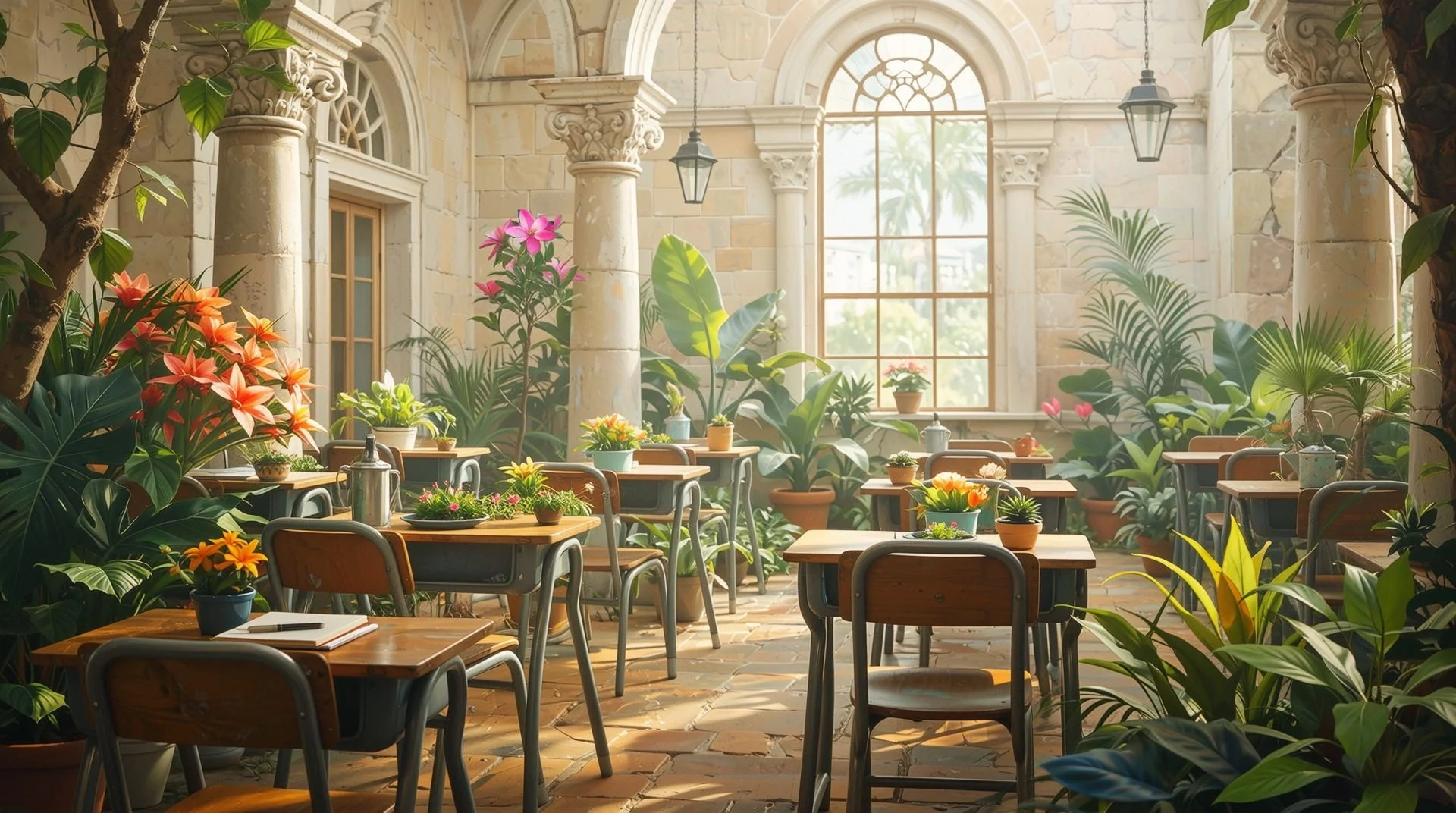Common camera supports used in the film industry
A lot of times our students default to laziness and instead of setting up a tripod to get the best possible shot, they just hold the camera and zip around the scene like some drug-crazed lunatic, getting a barely usable image of whatever captures their attention at the moment. At other times, we fail them, by not giving them all of the information they need in order to be the best filmmaker.
The purpose of this post is simply to expose them to the tools of the trade, especially those very necessary camera support systems.
Tripod: This is the most common type of camera support. It has three legs (hence the name "tri-pod") and a mount for the camera. Tripods can be adjusted for height and angle and offer great stability. They're ideal for static shots, panoramas, and any shot where you need to keep the camera steady.
Tripods come in all shapes and sizes (and price points) and are the best way to ensure steady shots.
Monopod: Like a tripod, but with only one leg. Monopods are lightweight and portable, making them great for situations where you need to move around a lot, such as event videography. They provide some of the stability of a tripod without the bulk.
Monopods are great for shooting sidelines sports, or for awkward photos of people taking photos
Dolly: A dolly is a wheeled cart or similar apparatus. The camera is mounted on the dolly, and the dolly is then rolled along the ground or along tracks for smooth, fluid shots. Dolly shots can create a sense of movement and are common in cinematic productions.
A dolly is a good way to add creative camera movements
Steadicam: A steadicam is a stabilizing mount for a motion picture camera, which mechanically isolates it from the operator's movement. This allows for a smooth shot, even when the camera operator is moving over an uneven surface. Steadicams can be worn by the operator, allowing for more mobility.
A steadicam operator captures smooth shots, with lots of flexibility
Jib or Crane: A jib or crane is a large, usually heavy apparatus that allows the camera to be moved in space along six dimensions. Jib shots can provide a sweeping, moving viewpoint, often used for establishing shots.
A jib is a great way to add large motions and interesting shots to a production
Gimbal: A gimbal is a pivoted support that allows the rotation of an object about a single axis. In film, gimbals are used to stabilize cameras, helping to keep shots steady even when the camera is moving rapidly or shaking. Gimbals can be handheld or mounted onto other equipment like drones.
Gimbals are an affordable way to make your camera mobile, while still cinematic
Slider: A camera slider is a guide system that allows the camera to slide along a set path. Sliders allow for smooth horizontal, vertical or angular movements, and they're compact and portable. They're often used for subtle movements and are popular in both film and video production.
A camera slider allows you to make small moves that add depth and complexity to your shoots
Drone: Drones, or unmanned aerial vehicles (UAVs), are used to capture high-angle shots, which were previously only possible with the use of a helicopter or a jib. They can fly high for wide, sweeping overhead shots, or they can fly low and close to the action.
Drones can add unique angles and dynamic motion to your shots
Shoulder Rig: A shoulder rig is a type of camera stabilizer that allows a cinematographer to keep the camera steady on their shoulder while recording. This gives a handheld look but with less shaking than holding the camera by hand.
A shoulder rig is great for run and gun style shooting, while still providing some stability
Car Mount: A car mount is a device that allows you to safely attach a camera to a moving vehicle. This can be used for filming the exterior of the car, or for shooting scenes inside the car.
Car mounts allow for safe shooting, while still providing creative angles
Each of these tools has specific benefits and applications, and many professional film shoots will use a combination of them to achieve the desired shots.
Hopefully by exposing your students to these different tools, they can start looking to improve their creativity… if we can just get past their lack of “want to”.
Meet the Author, Josh Dempsey
Josh Dempsey is a video and film teacher at Marietta High School in Marietta, Georgia. With nearly 20 years of experience in the classroom, Josh is just as excited as his students to keep learning about the power and possibilities of this visual medium. He invites you to follow his students and their work online by following them on social media @bdn_marietta.
Josh loves traveling with his wife, Megan, and their two kids, and more pets than should be allowed. If you want to follow their adventure and get some tips and tricks for RV travel and epic road trips, head over to their website at eastrollswest.com.



















As summer winds down, the familiar rhythm of a new school year approaches. For educators like James Peach, the weeks leading up to students' return aren't just about shuffling papers; they're a strategic dance of preparation, aiming to ignite inspiration and cultivate self-sufficiency.